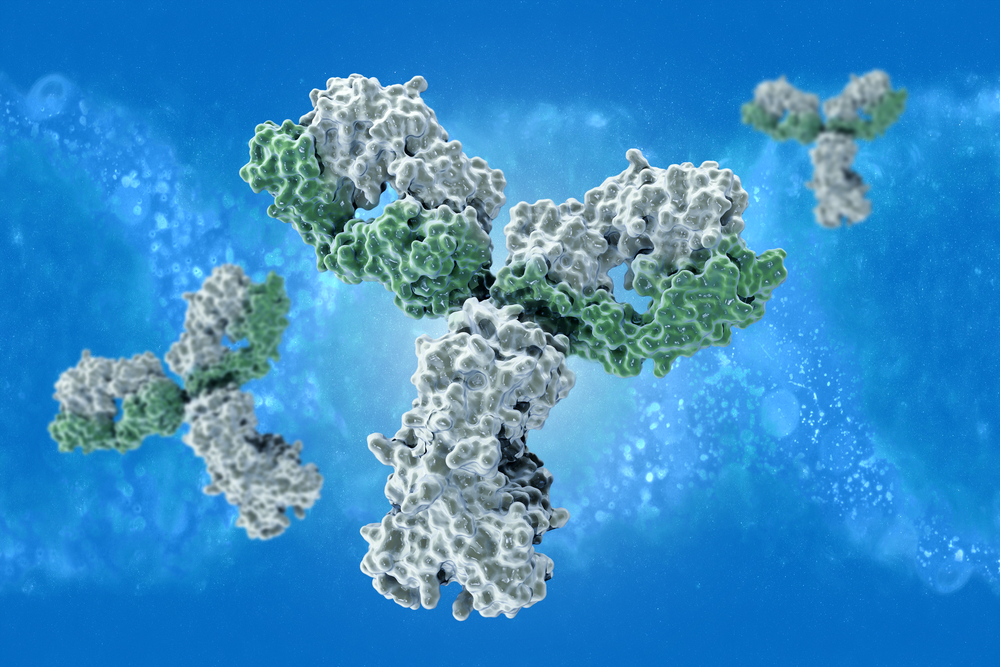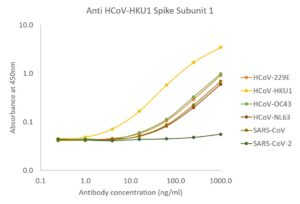
ELISA: Antigen-down ELISA with HCoV-229E (REC31895), HCoV-HKU1 (REC31897), HCoV-OC43 (REC31894), HCoV-NL63 (REC31896), SARS-CoV (REC31809) and SARS-CoV-2 (REC31806) spike subunit 1 proteins coated at 0.5µg. Primary antibody dilutions (1000 ng/ml to 0.24 ng/ml) added and 100µl of goat anti rabbit IgG HRP secondary antibody (1:10,000). Detection carried out using TMB substrate (15 min.), reaction stopped and absorbance read at 405/450nm.
Rabbit IgG Anti HCoV-HKU1 Spike (S1) Polyclonal Antibody
Price range: $668.45 through $2,074.73 excl. VAT
Polyclonal antibody against human coronavirus HKU1 spike subunit 1 (S1) protein. Antibody does not cross-react with SARS-CoV-2 spike subunit 1. Suitable for use in ELISA and other immunoassay development.
RABBIT IgG ANTI HCOV-HKU1 SPIKE (S1) POLYCLONAL ANTIBODY
Polyclonal antibody against human coronavirus HKU1 (HCoV-HKU1) spike subunit 1 (S1) protein. It shows some cross-reactivity towards other HCoV spike subunit 1 (S1) proteins and SARS-CoV S1 in ELISA, but not to SARS-CoV-2 S1 protein.
PRODUCT DETAILS – RABBIT IgG ANTI HCOV-HKU1 SPIKE (S1) POLYCLONAL ANTIBODY
- HCoV-HKU1 polyclonal antibody binds the S1 domain of the human coronavirus HKU1 spike subunit 1.
- This antibody was made by immunising rabbits with a recombinant HCoV-HKU1 spike subunit 1 antigen (REC31897).
- Protein A affinity purified from culture supernatant.
- Suitable for use in ELISA and WB.
BACKGROUND
The coronaviruses are a family of related RNA viruses within the order Nidovirales. They contain a positive-sense, single-stranded, 26-32kb RNA genome protected by a nucleocapsid of helical symmetry. Their viral capsids are surrounded by a lipid envelope, which is interrupted by trimeric Spike proteins that project from the capsid surface. Prior to early 2000, only two human coronaviruses were recognized: Human coronavirus 229E (HCoV-229E) and Human coronavirus OC43 (HCoV-OC43). However, in late 2002, a third human coronavirus (SARS-CoV) was implicated as the aetiological agent of severe acute respiratory syndrome (SARS) and since then, several more human coronaviruses have been identified, including HCoV-NL63 associated with upper and lower respiratory tract infections (Van der Hoek, 2004) and HCoV-HKU1 in patients with pneumonia (Woo et al., 2005), as well as the more lethal, Middle East respiratory syndrome (MERS) coronavirus and Severe Acute Respiratory Syndrome coronavirus 2 (SARS-CoV-2). Like the other mild cold-causing human coronaviruses, HCoV-NL63, HCoV-OC43 and HCoV-HKU1, HCoV-229E has a worldwide distribution, with seasonal surges occurring in the winter months (Wat et al., 2004). Like the other cold-causing coronaviruses, reinfection with HCoV-229E is common. The reason for this is not yet clearly defined but may be due to a weak antibody response (Raoult et al., 2020).
REFERENCES
- Raoult, D. et al. (2020). Coronavirus infections: Epidemiological, clinical and immunological features and hypotheses. Cell Stress.
- Wat, D. et al. (2004). The Common Cold: A Review of the Literature. European Journal of Internal Medicine. 15(2): 79-88.
- Woo, PCY. et al. (2005). Characterization and complete genome sequence of a novel coronavirus, coronavirus HKU1, from patients with pneumonia. J Virol79, 884–895.
You may also like…
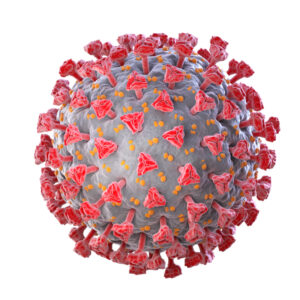
Human Coronavirus HKU1 Nucleoprotein, His-Tag (E. coli)
Price range: $678.97 through $2,547.68 excl. VAT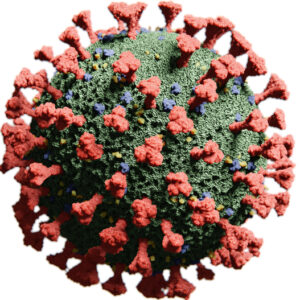
Human Coronavirus HKU1 Spike Glycoprotein (Full-Length), Sheep Fc-Tag (HEK293)
Price range: $1,000.58 through $3,800.50 excl. VAT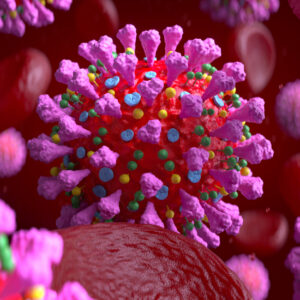
Human Coronavirus HKU1 Spike Glycoprotein (S1), His-Tag (HEK293)
Price range: $794.58 through $2,987.02 excl. VAT

